NEWSCOM
The #1 Structured Cabling Contractor in Melbourne
Contractors & Network Specialists Since 1989.
The Six Sub Systems of a Structured Cabling Solution
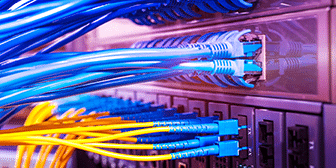
Entrance Facilities
The place where the wiring of the telephone company ends and your premises' wiring starts.
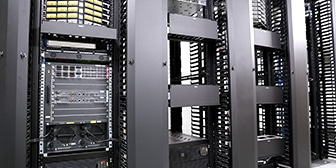
Equipment Rooms
Rooms that contain consolidation points or equipment inside your building or campus.
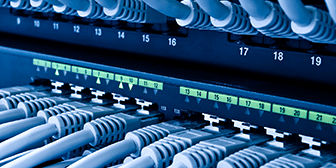
Backbone Cabling
Cable connections between separate buildings or within the same building.
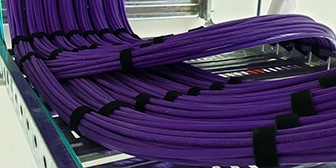
Horizontal Cabling
Wiring in the floor that connects telecom rooms to outlets or to work areas.
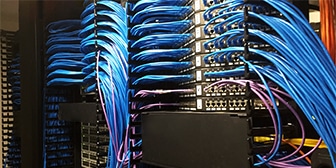
Telecom Room
Telecommunication rooms connect the horizontal and backbone cabling.
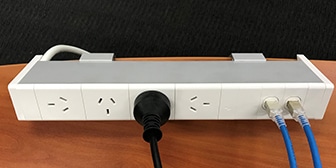
Work Area Components
Connects the user's equipment and the outlet points of the horizontal system.
Experience & Training
With over a century of experience within our management team alone, we recognise the importance of having team members that have knowledge in all facets of business.
Memberships & Awards
Newscom aspires to be recognised at the highest levels within the industry. We have received numerous awards and maintain industry memberships.
Quality Assurance
We belief that the well-being of our staff and everyone affected by our work is a priority and must be considered during all work performed on our behalf.
Warranties
Our work is backed up by an extensive warranty programme. On completion of a project, we provide certification that everything has been done to industry standards.
Work With Us
Commercial Cabling Excellence
Since 1989
Our clients range from small independent to major businesses across Australia.

|

|

|

|

|

|

|

|

|

|

|
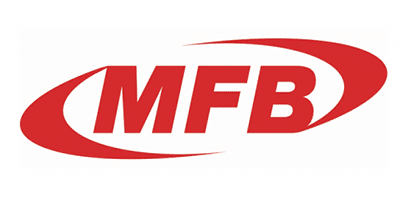
|
Structured Networks and Their Benefits
Perhaps you’re ready to upgrade your current point-to-point cabling system to a structured one, or maybe you’re just interested in learning more about what that is and whether it is the right solution for your business.
Either way, you’ve come to the right place. Keep reading to learn about how structured cabling works, how it compares to other systems, its different components, and some of the ways you and your business could benefit from upgrading to it.
How Does it Compare to Point-to-Point Cabling?
Structured cabling was designed as an upgrade from the more traditional point-to-point systems. It is meant to help your business keep up with the ever-increasing demands placed on your network.
With technological advances, point-to-point solutions aren’t as practical as they once were. There are so many different connections, updates, and so much hardware to be managed that it doesn’t support all of that or make it easy to manage.
A structured system is composed of different elements connected over a network. It creates an infrastructure for your business that improves performance, makes updates and new installs easier, and provides security and redundancy. The different components of your network can communicate seamlessly with one another.
Point-to-point cabling, on the other hand, requires individual cables for each piece of hardware in your system. These cables are run to connect different pieces of equipment.
Not only does this configuration create a tangled, wiry mess that is difficult to navigate and sort through, it can also increase the risk of tripping over it and other safety concerns. In a point-to-point setup, it is also more likely that a cable could get unplugged and cause an issue with your entire system.
Structured systems are much more organized and easier to navigate. Once set up by Newscom, they are easy to manage and update. Growing businesses can really benefit from this type of system, since it can easily accommodate your changing and evolving needs.
The Subsystems Used in Structured Cabling
Structured cabling networks are made up of six main subsystems, each of which is important for the performance of the whole. Knowing a little bit about these subsystems can help you gain a deeper understanding about what will be involved in setting this up for your business.
Entrance Facilities
The wiring for the system begins here. This is also the location where the wiring from the telephone company ends. The entrance facilities include the hardware, protective devices, and other items that need to be connected to your cabling.
Horizontal Cabling
This connects the outlets to the telecommunications rooms and is generally run either below the floor or above the ceiling. Typically, fiber optic cables and Ethernet cables are used for this.
Backbone Cabling
This is sometimes referred to as “vertical cabling”. It is the type of cabling that connects different facilities, floors in a business, or buildings. Coaxial cables, fiber optic cables, shielded twisted-pair cables, or unshielded twisted-pair cables are among those used to create the backbone cabling of such a system.
Telecommunications Room
Your telecommunications room is where the horizontal and backbone cabling are all connected. It is an enclosed space or separate room altogether. Larger services areas also require a larger room.
Equipment Rooms
There may be multiple equipment rooms for a structured cable set up. These rooms hold the consolidation points and equipment needed for the system.
Work Area Components
Lastly, each user needs to be able to connect their equipment to the system. This can include patch cables, station equipment, and communication outlets.
Cable Types Used for Structured Cabling
A variety of cable types is needed when installing a structured network. While each cable has its own job, all of them need to work together in order for the system to function properly. The needs of each business will determine the exact cables that are required, but some of the more commonly used types include fiber optics, coaxial cables, and twisted-pair cables.
Fiber optic cables send signals and images over optical fibers made from plastic or silica. These cables feature a light-carrying core, allowing them to transmit data much faster than other cable types.
Coaxial cables feature an insulated copper core that facilitate very accurate transfers of data. Some common applications include computer data, broadband internet, cable television, and telephones.
Twisted-pair cables are another type you may find in a structured system. These cables are regularly used for connecting a telephone company to a home or business. They come in two types: shielded and unshielded.
How Structured Cabling Can Help Your Business
Using structured cabling can deliver numerous benefits to your business. Traditional point-to-point systems often result in network outages for extended periods of time. Their design with so many interconnected and disorganized cables allows for too much human error, which could cause a system to fail.
A structured setup minimize the risk. Because these systems are so much more clearly organized and easier to maintain, the chance of your network going down is significantly decreased.
You’ll also find that installing new programs or making changes or additions to such a system is much easier. It is designed to grow with your company, so you won’t need to worry about adding new wiring as your needs change or when you wish to install a new program on your network.
The more simplified and efficient design can also save you money directly. Structured networks need less power and far less maintenance than a point-to-point setup.
Finally, it also looks far better and gives your business a cleaner, more technologically advanced look. Point-to-point systems are messy and can make your company look disorganized. Structured cabling conveys an organized image to your employees, clients, or anyone else who may visit your building.
Well structured cable systems help all of the media that your business needs to operate every day. Apart from looking neat and organized, its main purpose is to support connectivity and network speed. If you save of cabling installation costs, you are going to end up with a less optimal system. Bad cabling is usually responsible for network slowdowns and downtime.
Absolutely! Not only does it increase network speed and connectivity, the neat setup makes it easy to navigate, so your IT experts (or us) can pinpoint issues in your network and troubleshoot it much faster.
Technology progresses quickly and any office environment evolves with it over time. Ordinary point-to-point cabling becomes very messy in the process, causing network slowdowns and reliability issues. A structured network is neat and easy to troubleshoot. It has better connectivity, less slowdowns and can grow with your business.
Yes, you can add, change, or move all hardware in a structured wiring system. If you need new workstations or cabinets, points for wireless access, or if you need to reconfigure patch panels, it is no problem with a properly structured setup.
